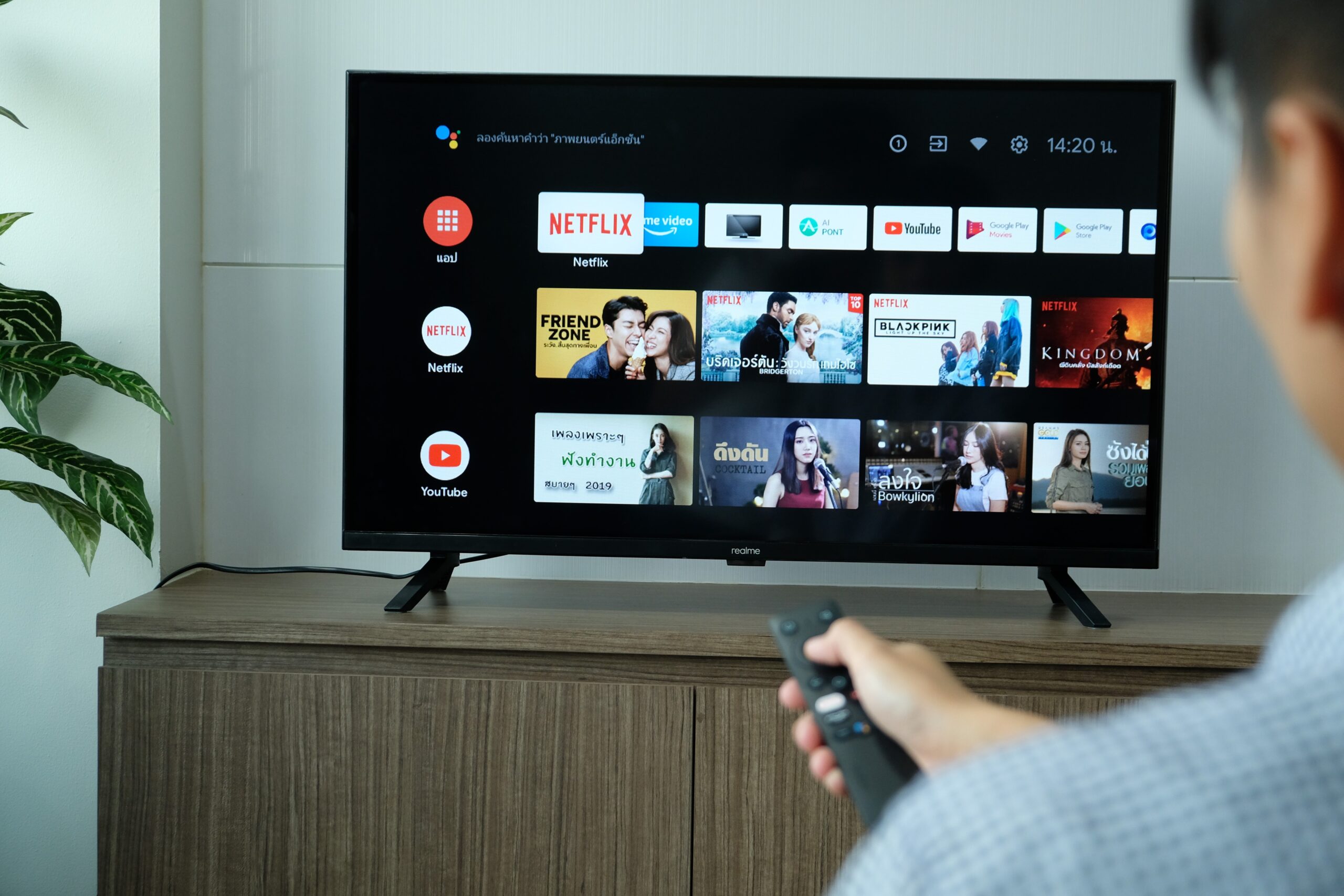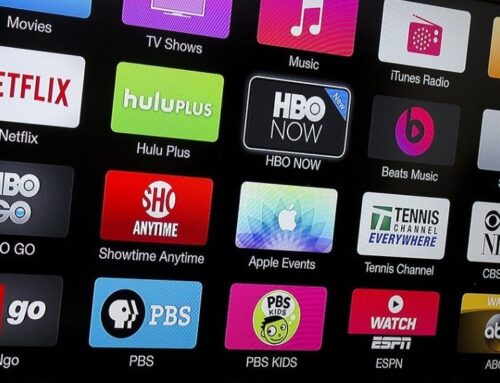The Evolution of Streaming TV
In the early days of television, most people were lucky to have more than 5 stations to watch in a local market. Then came cable, and the world of specific content and networks that focused on limited areas of interest was opened to the world. This allowed DRTV marketing companies, and their agency partners like Modus Direct, to quickly find the right prospects. But as more and more options were added into the cable landscape, people realized they were paying for things they didn’t want.
And the cord-cutting revolution was born:
- 2007: Netflix introduced its streaming service, allowing subscribers to instantly watch a selection of movies and TV shows without waiting for new episodes to come out each week.
- 2008: Hulu, a joint venture between NBCUniversal, Fox Entertainment, and Disney-ABC, was launched, offering ad-supported streaming of TV shows and movies from their libraries.
- 2013: Amazon Prime Video expanded its streaming service globally, initially starting as a perk for Amazon Prime subscribers.
- 2015: The launch of HBO Now allowed viewers to subscribe to HBO without a cable or satellite TV subscription.
- 2017: Disney announced plans to launch its streaming service, Disney+. This platform has gone on to become a major player in the industry.
As the streaming market matured, consolidation became inevitable. With most of the major media companies launching streaming services in recent years, market fragmentation has led to increased competition, and the battle for viewers has forced each platform to invest heavily in original content production to attract and retain subscribers. Most of these services have also launched ad supported tiers to increase revenue, allowing DRTV marketing companies to target viewers through CTV and OTT advertising in the new cordless world. As with most industries, this has been followed by mergers:
- Disney’s acquisition of 21st Century Fox in 2019 gave Disney control over Hulu and expanded its content library for Disney+. Now, most Hulu content is available inside the Disney+ platform.
- AT&T’s acquisition of Time Warner (now WarnerMedia) allowed it to launch HBO Max (now MAX) and consolidate its content offerings and roll the former Discovery+ streaming service into a single platform.
- Talks are currently underway to roll Paramount+ from CBS into Apple TV.
The most recent move came on February 6th when Disney and Warner Bros. Discovery announced a new sports streaming service (https://espnpressroom.com/us/press-releases/2024/02/espn-fox-and-warner-bros-discovery-forming-joint-venture-to-launch-streaming-sports-service-in-the-u-s/) to combine the offerings of ESPN, ESPN2, ESPNU, SECN, ACCN, ESPNEWS, ABC, FOX, FS1, FS2, BTN, TNT, TBS, truTV, and ESPN+, that will be available on its own or through your existing Disney+, Hulu, or MAX account.
Or as we used to call it, cable.





